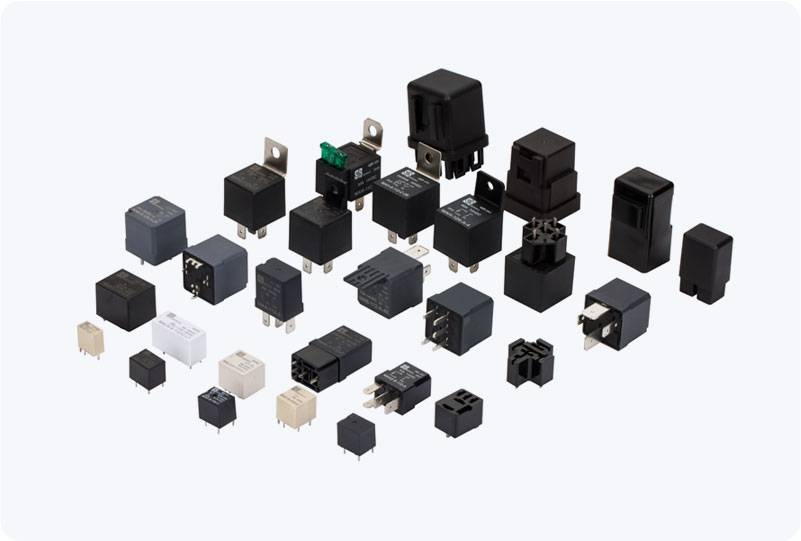A 220V AC relay is an electrical switch that utilizes electromagnetic force to control the flow of electricity in a circuit. It plays a critical role in various industrial, household, and commercial applications by enabling a low-voltage circuit to control higher-voltage devices safely and efficiently. This article delves into the basic function of a 220V AC relay, its applications, and key considerations when using one.

What is a 220V AC Relay? A relay is an electromechanical device that acts as an intermediary between a low-voltage circuit and a high-voltage one. In the case of a 220V AC relay, the relay is specifically designed to handle alternating current (AC) systems operating at 220 volts. The primary function of a relay is to allow a low-voltage signal to control the opening or closing of contacts that control higher-voltage circuits. The 220V AC relay consists of two main components: a coil and contacts. The coil, when energized by the low-voltage current, creates a magnetic field that pulls the armature and activates the relay’s contacts. These contacts can either open or close, allowing or stopping the current flow in the connected high-voltage circuit.
Leave a Reply